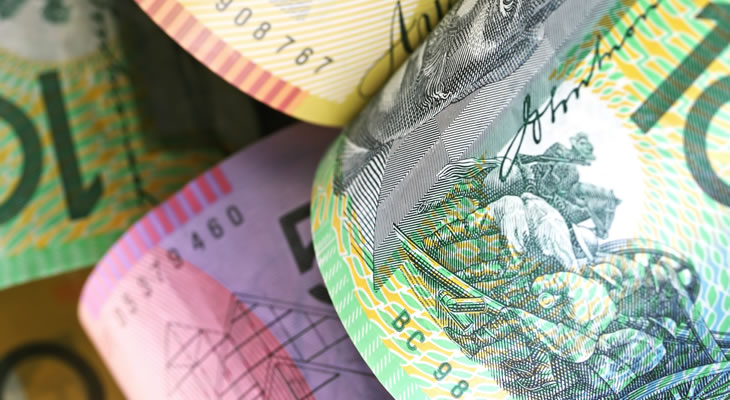RBA Meeting Minutes Fail to Offer Support to Pound Australian Dollar (GBP/AUD) Exchange Rate
As the Reserve Bank of Australia’s (RBA) May meeting minutes failed to offer any particular surprises the Pound Sterling to Australian Dollar (GBP/AUD) exchange rate remained under pressure.
With the central bank looking set to leave monetary policy on hold in the near term investors saw little incentive to sell out of the Australian Dollar (AUD) on Tuesday.
A general sense of market risk appetite also buoyed the antipodean currency, with investors encouraged by hopes of progress towards a potential Covid-19 vaccine.
Support for Pound Sterling (GBP), meanwhile, diminished in response to comments from UK Chancellor Rishi Sunak.
With the Treasury adopting a more cautious view of the economic outlook, appearing to move away from expectations of a v-shaped recovery, the mood towards the Pound soured.
Westpac Leading Index Drop Set to Drag Australian Dollar Down
However, the Australian Dollar could fall out of favour once again if April’s Westpac leading index deteriorates as sharply as forecast.
A -2.5% decline in economic activity at the start of the second quarter would appear to increase the odds of a disappointing gross domestic product reading.
Even though hopes of a global economic recovery have improved AUD exchange rates could still trend lower in response to signs of softness within the Australian economy.
Any deterioration in market risk appetite could also weigh heavily on the Australian Dollar in the days ahead.
If investor sentiment turns bearish once again this may offer the GBP/AUD exchange rate a solid boost in the short term.
Even so, signs of increased dovishness in the Federal Reserve’s latest set of meeting minutes could give investors fresh cause for confidence.
Signs that the US central bank could loosen monetary policy further in the months ahead could prompt a fresh wake of risk appetite, lifting the Australian Dollar against its rivals.
Softer UK Inflation Rate Forecast to Push GBP/AUD Exchange Rate Lower
April’s UK consumer price index report could also prompt volatility for the GBP/AUD exchange rate, meanwhile.
As forecasts point towards the headline inflation rate easing from 1.5% to 0.9% on the year demand for the Pound looks set to weaken further.
With the Bank of England (BoE) already reportedly assessing the possibility of negative interest rates any decline in inflation could fuel GBP exchange rate losses.
If investors see any reason to bet that the BoE could take further dovish policy action in the near future the Pound could come under renewed selling pressure.
On the other hand, a smaller decline in the inflation rate may help the GBP/AUD exchange rate to return to a positive footing.
Any evidence that the UK economy is holding up in the face of ongoing Covid-19 disruption could limit the potential for further Pound Sterling weakness.


Comments are closed.